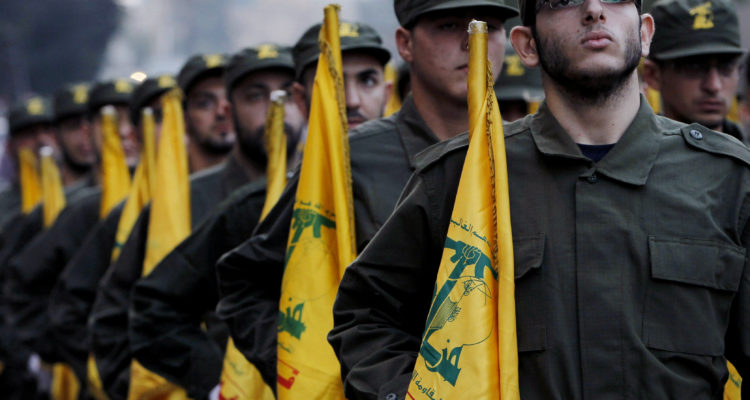“Severe” IDF scenario of a war in the north also envisions accurate strikes on Israeli electricity production, economic distress and danger from both other Palestinian terrorists and Israeli Arabs.
By Batya Jerenberg, World Israel News
One of the several scenarios the IDF considers likely in a wider confrontation with Hezbollah is that the home front would have to absorb thousands of rocket strikes a day, Israel Hayom reported Monday.
The Iranian proxy terror organization has recently stepped up its provocations on Israel’s border with Lebanon, and the IDF has been drilling its troops in case of a serious challenge to Israel’s deterrence.
According to information reaching the Hebrew daily, in one scenario that top officers think is both “severe” and “reasonable,” Hezbollah would manage to fire about 6,000 rockets at Israel in the first days of a hot war. As the IAF delivers its payloads, the numbers would decrease,but would still stand at some 1,500 “effective” attacks per day, meaning those hitting populated areas or strategic targets.
The possibility of hundreds of civilian deaths and thousands of wounded pales before the threat of a successful strike on the country’s power plants, however. Precision-guided Iranian drones – such as those Tehran has supplied to Russia in its war with Ukraine – could take out electricity for hours or even a few days. This would drastically disrupt communications as well as damage the ability to warn the populace of more rocket launches.
In this pessimistic outlook, the Iron Dome systems would not be able to keep up its 95% success rate in intercepting airborne threats as it has done in clashes with Gaza. The scope of attacks from the south was significantly smaller than those envisioned in this scenario.
It also foresees the possibility that fellow terrorists in both Gaza and Judea and Samaria would commence hostilities to support Hezbollah, forcing the IDF to divide its attention between three fronts. This has yet to happen, as Hamas has historically sat out when Hezbollah has clashed with Israel and vice versa, but the IDF is training to deal with such a situation.
The possibility of cyberattacks, which could be launched from the safety of one’s living room or from another country, was noted, as was the danger from internal strife. There is precedent for both. Regarding the first. cyber defenses are constantly being tested by malicious actors. As for the second, during Operation Guardian of the Walls, Bedouin in the south blocked roads and Israeli Arabs in mixed cities rioted with great violence, overwhelming the capabilities of the police to enforce order.
In response, the IDF has formed a full 16 battalions in reserve to ensure free movement of troops and deal with disturbances.
The negative scenario also took into account economic damage to the country. This includes the closure of Israeli ports and airports due to foreign reluctance to enter a war zone and some 60-70% of employees not coming to work or being able to work due to the situation on the ground.
The paper’s conclusion was that this negative assessment may be what is holding the political and military echelon from responding more forcefully at the current time to Hezbollah provocations, even while there are voices on the Right saying that avoiding a confrontation is even more likely to bring about the war that no one wants.





